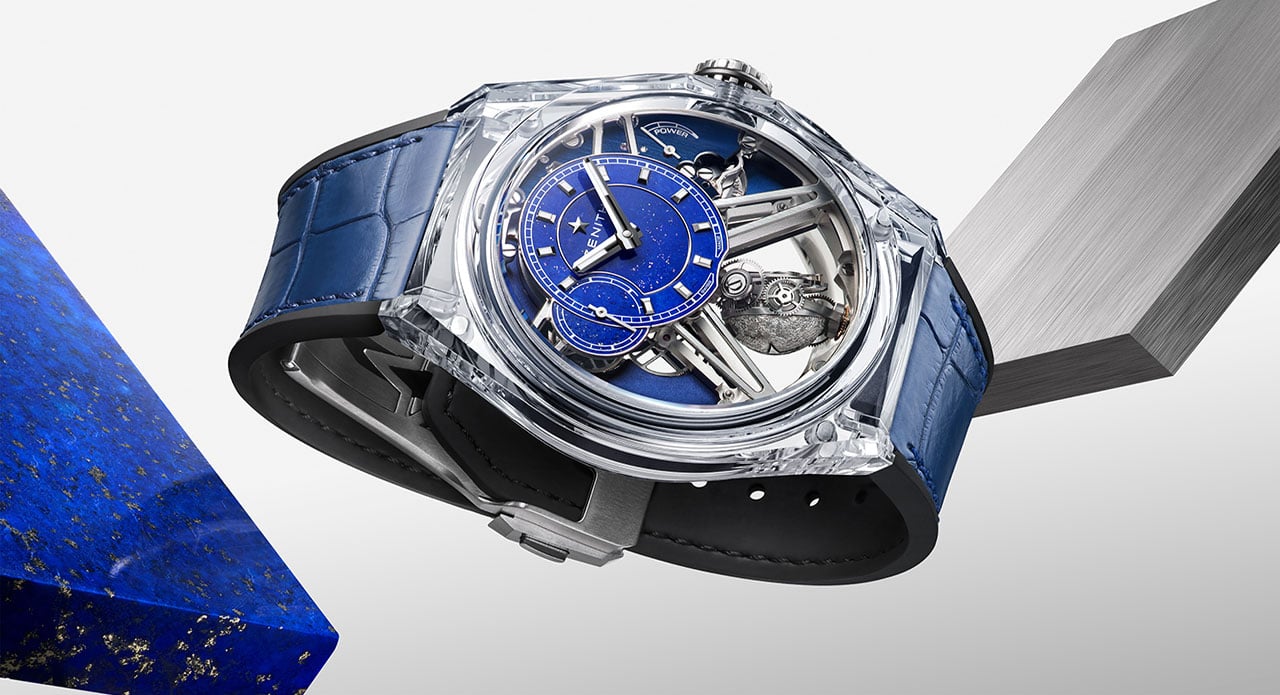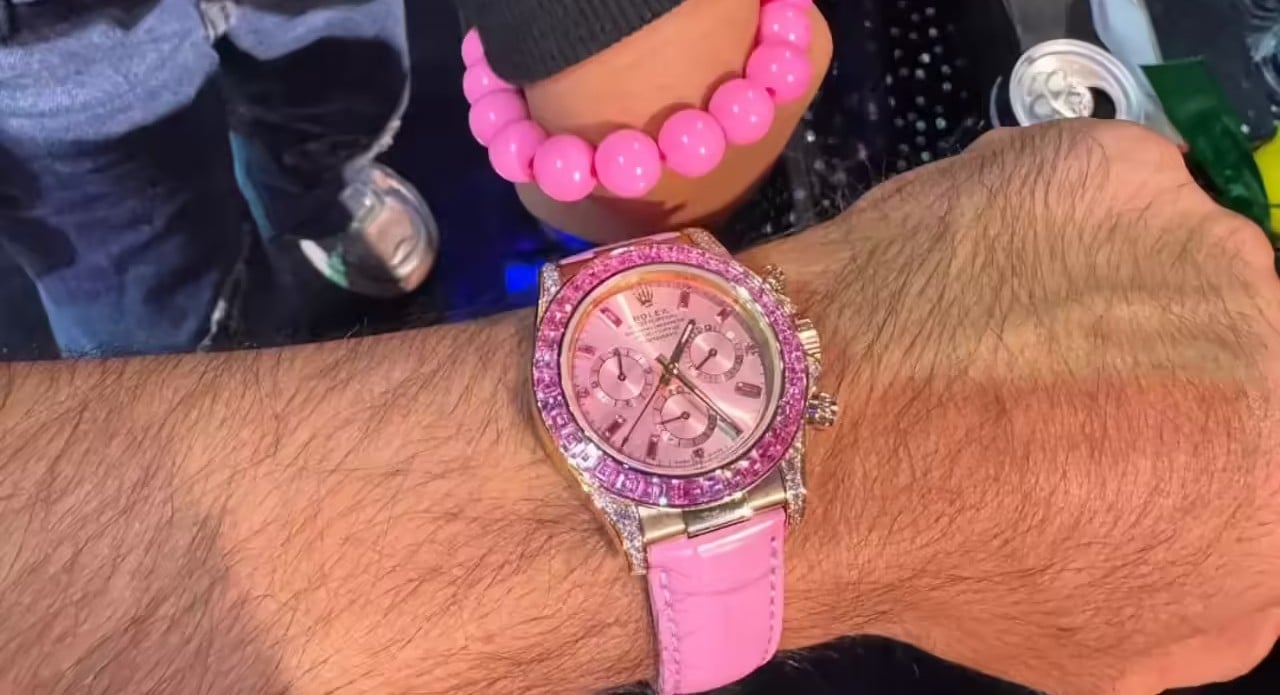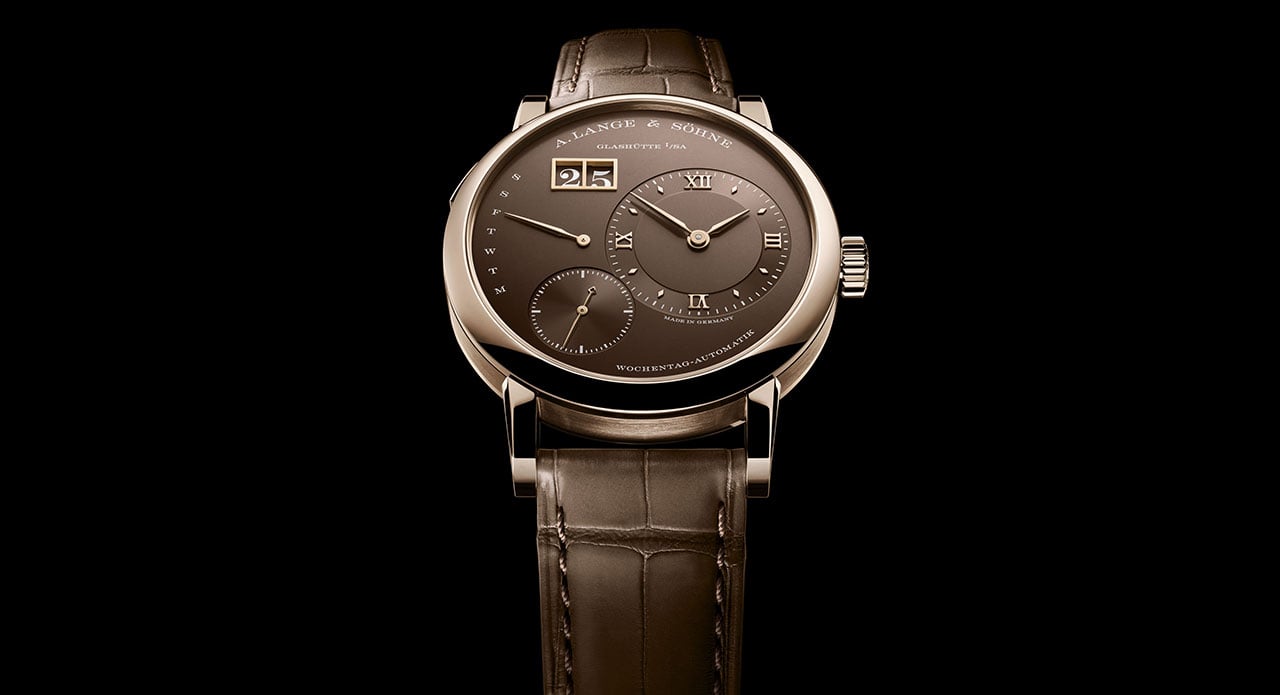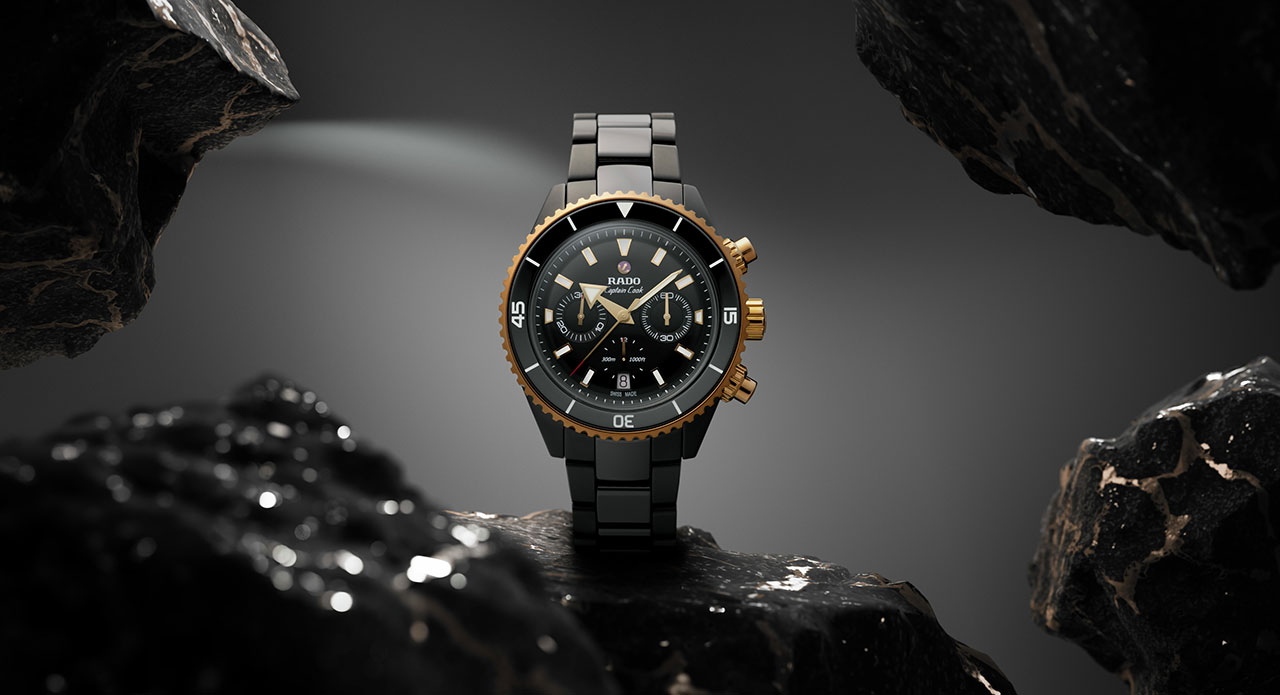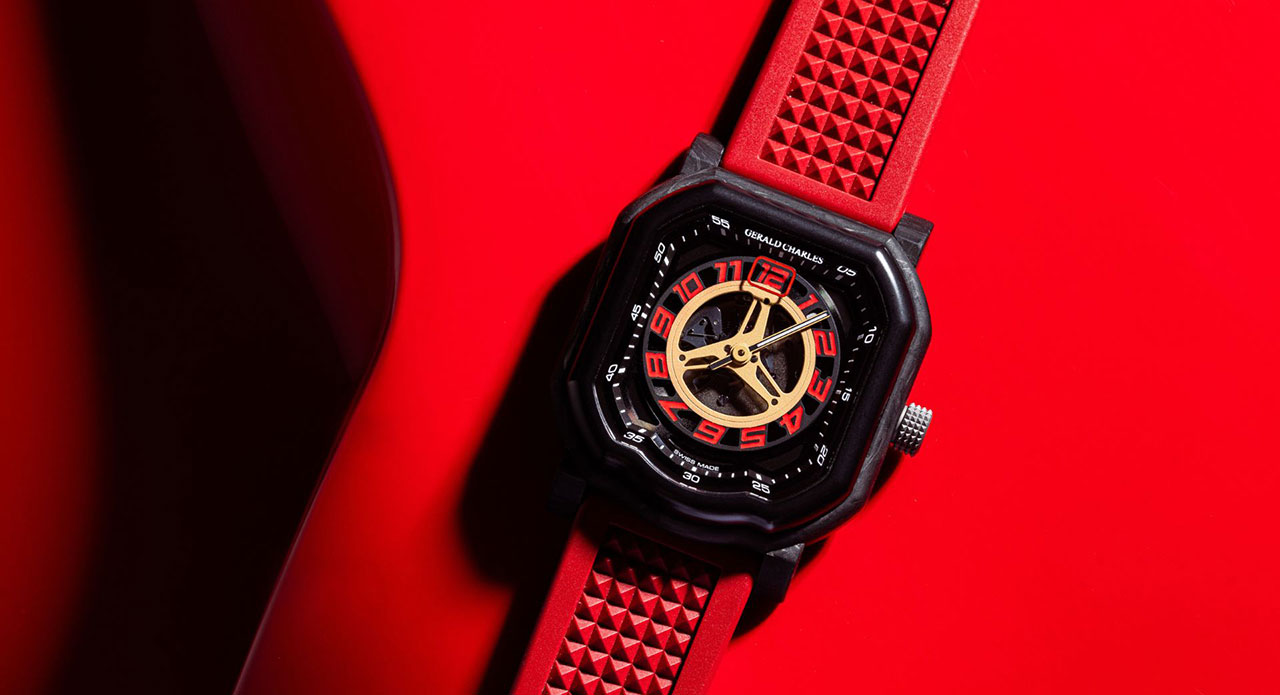There is something quietly mesmerising about sapphire. Once reserved for crystal covers that protected delicate dials, sapphire has evolved from a supporting element into the very structure of the watch itself. Today, some of the world’s most ambitious watchmakers are using sapphire to construct entire cases, bridges and even crowns, creating transparent marvels that invite light to dance through their movements. This trend has not only transformed the visual identity of haute horlogerie but also redefined what collectors perceive as the ultimate expression of technical mastery.
The fascination began with brands like Richard Mille, Hublot and Greubel Forsey, whose sapphire-cased creations stunned the industry with their shimmering translucence. By machining a single block of sapphire into a complete case, they showcased the material’s remarkable hardness and optical purity. Each model became an art form, blending mechanical ingenuity with a gemstone’s elegance.
The Science of Sapphire
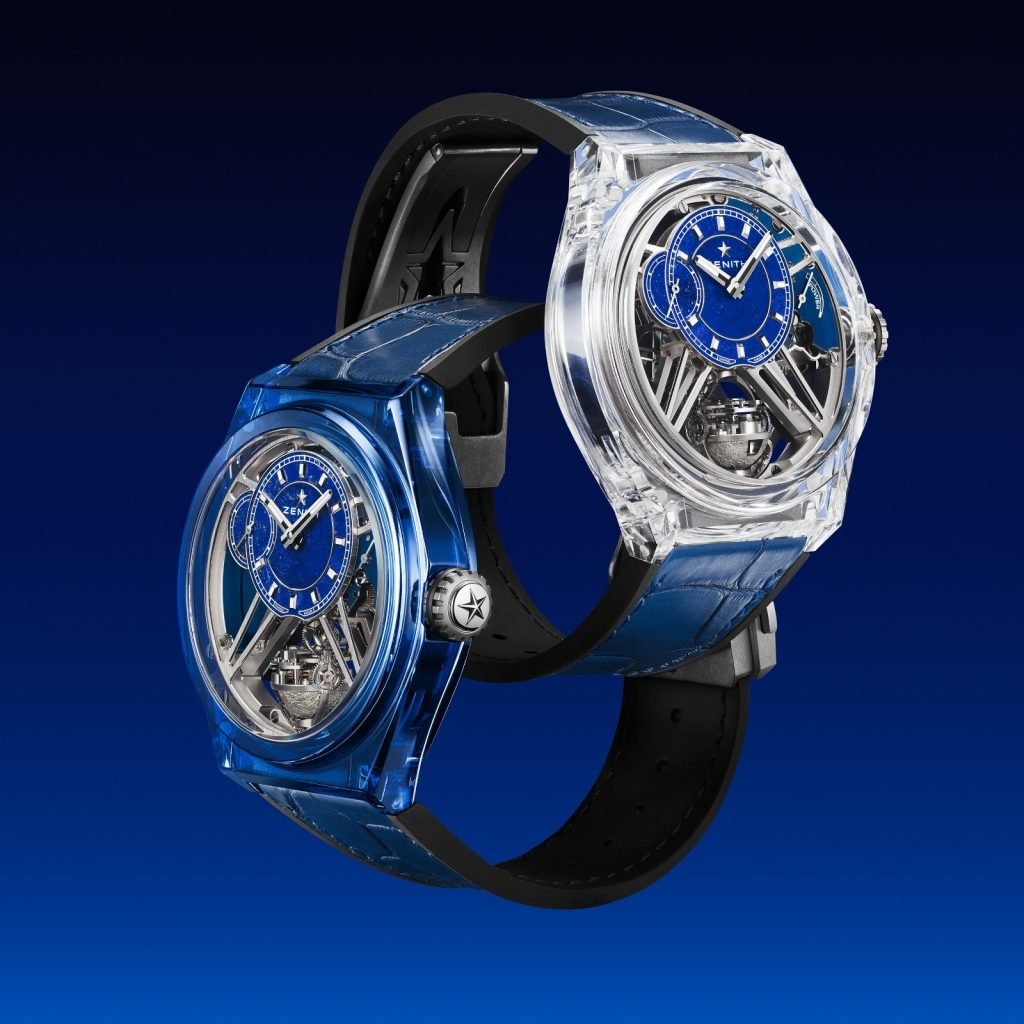
Sapphire, in this context, is not a naturally mined stone but a synthetic crystal known as corundum, grown in laboratories under immense heat and pressure. The result is a material second only to diamond in hardness. Its extreme scratch resistance and stability make it ideal for timepieces that aim to outlast generations. Yet, sapphire is notoriously difficult to work with. Cutting, shaping and polishing it into the precise dimensions required for a watch case can take hundreds of hours, and one wrong move can shatter an entire block.
This is why sapphire-cased watches often command exceptional prices. They are not only objects of beauty but also of endurance and patience, representing the painstaking labour of artisans and engineers who merge science and art with microscopic precision.
The Advantages of a Sapphire Watch
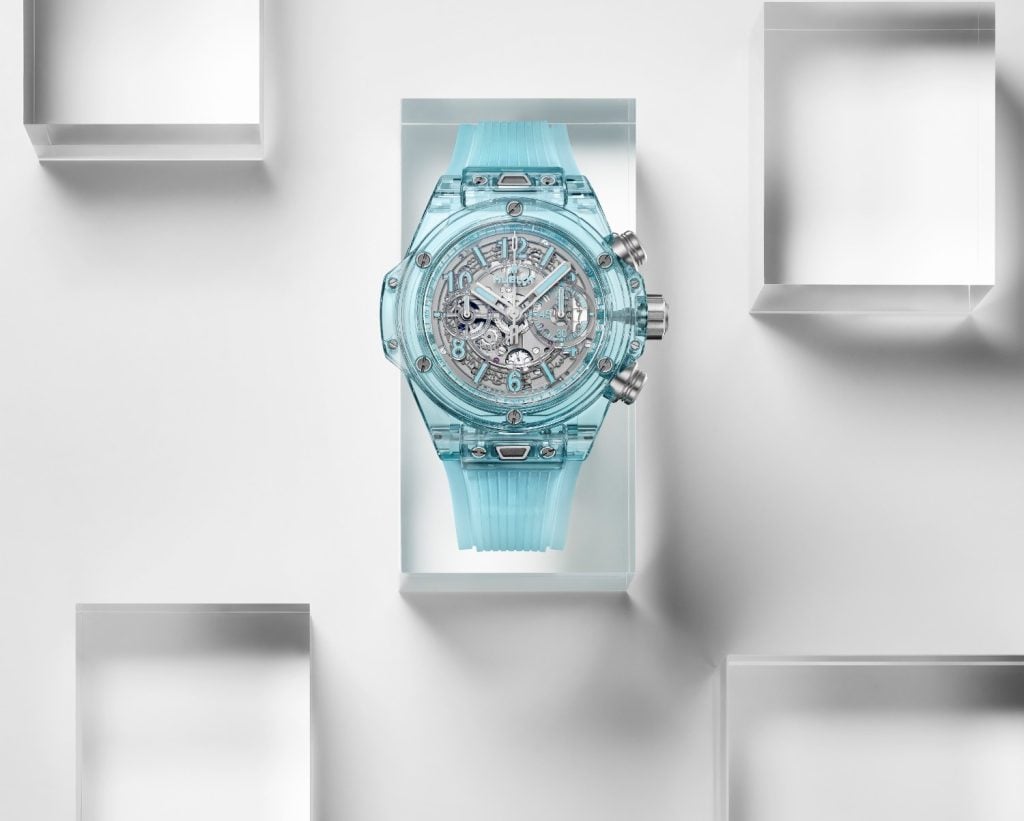
One of the most celebrated advantages of a sapphire timepiece is its resistance to scratches and fading. Unlike metal or ceramic, sapphire maintains its lustre indefinitely, ensuring the watch looks as pristine as the day it was made. The material’s optical transparency allows collectors to admire every detail of the movement within, turning the act of telling time into an intimate conversation with craftsmanship itself.
Sapphire is also chemically inert, meaning it resists corrosion, oxidation and discolouration. Whether exposed to saltwater, sweat or sunlight, it remains unaffected, making it one of the most durable materials in horology. For the design-conscious, the ability to tint sapphire into various hues—such as blue, pink or smoky grey—adds yet another layer of creative expression to modern watchmaking.
The Disadvantages Behind the Brilliance
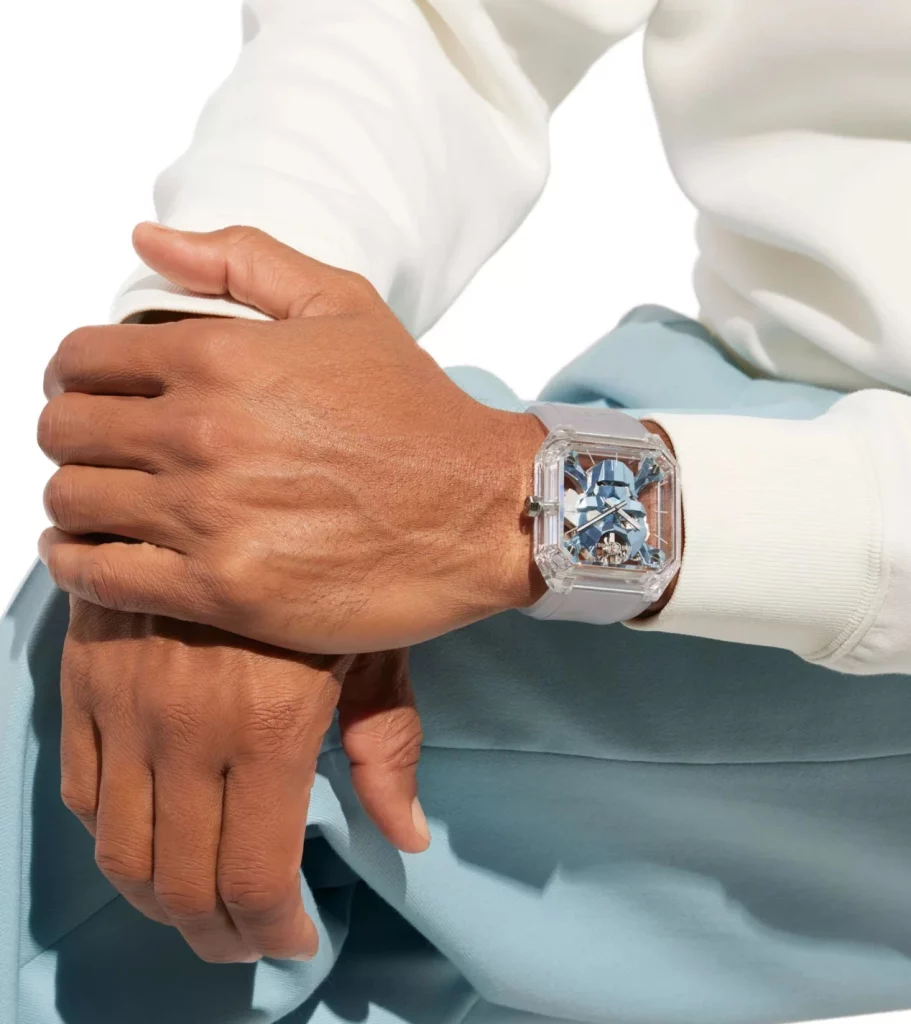
However, perfection rarely comes without compromise. While sapphire is extraordinarily hard, it is also brittle. A strong impact, especially along its edges, can cause it to crack or chip. This makes sapphire watches less forgiving in daily use compared to steel or titanium counterparts.
The production cost is another challenge. The energy-intensive process of growing, cutting and finishing sapphire crystals means these watches often fall within the ultra-luxury category. Even minor repairs can be expensive, as replacement parts must be custom-machined to exact specifications. For some enthusiasts, the fragility and cost underscore sapphire’s exclusivity, while for others, it raises questions about practicality in everyday wear.
Caring for a Sapphire Timepiece
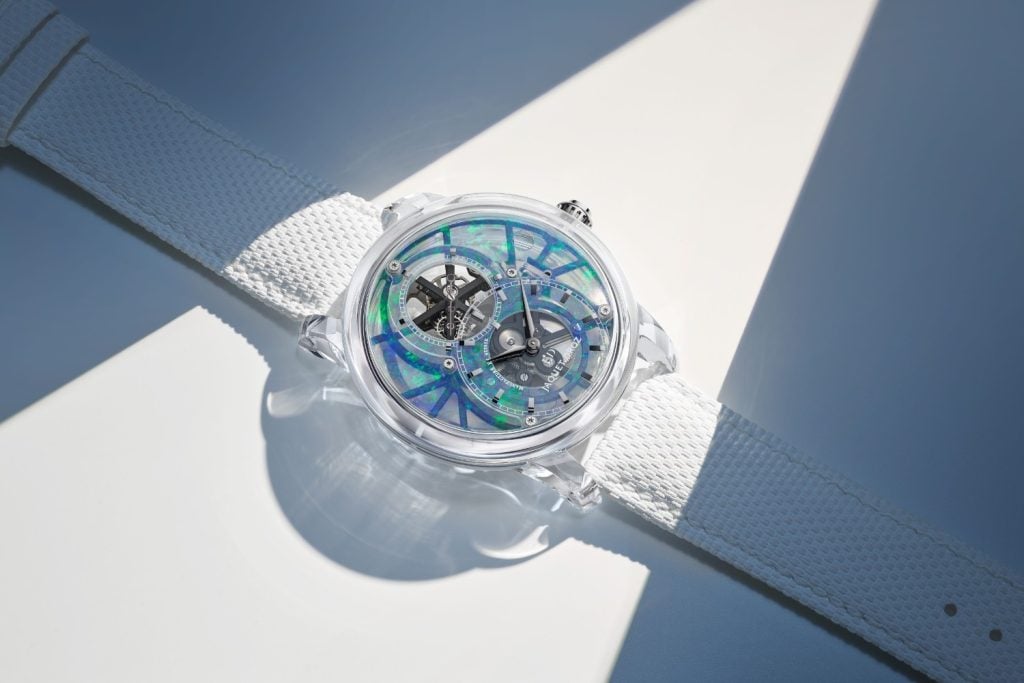
Owning a sapphire watch requires mindfulness rather than constant maintenance. Despite its scratch-resistant nature, sapphire can still suffer from hard knocks or accidental drops. It is advisable to store the watch separately, avoiding contact with metal objects. When cleaning, a soft microfibre cloth and mild soap solution suffice to remove fingerprints and dust.
Avoid exposing the watch to extreme temperature changes, as sudden expansion or contraction may stress the material. Regular servicing by a professional ensures the movement remains in perfect synchrony, especially as sapphire cases cannot be opened or resealed casually. Treating a sapphire watch with respect ensures it remains not only a technical wonder but also a timeless statement of refined taste.
A Clear Vision for the Future
The emergence of all-sapphire watches marks a pivotal moment in modern horology. It represents a fusion of beauty, durability and transparency that resonates with contemporary collectors who value both innovation and artistry. As technology advances, we may soon see sapphire integrated with other materials to create lighter, more impact-resistant hybrids, preserving its ethereal charm while addressing its fragility.
In the end, a sapphire timepiece is more than an object that tells time. It is a testament to human imagination, a crystal bridge between engineering and emotion. Its clarity captures not only the intricacy of its movement but also the evolving spirit of watchmaking itself—bold, brilliant and forever transparent in its pursuit of perfection.
